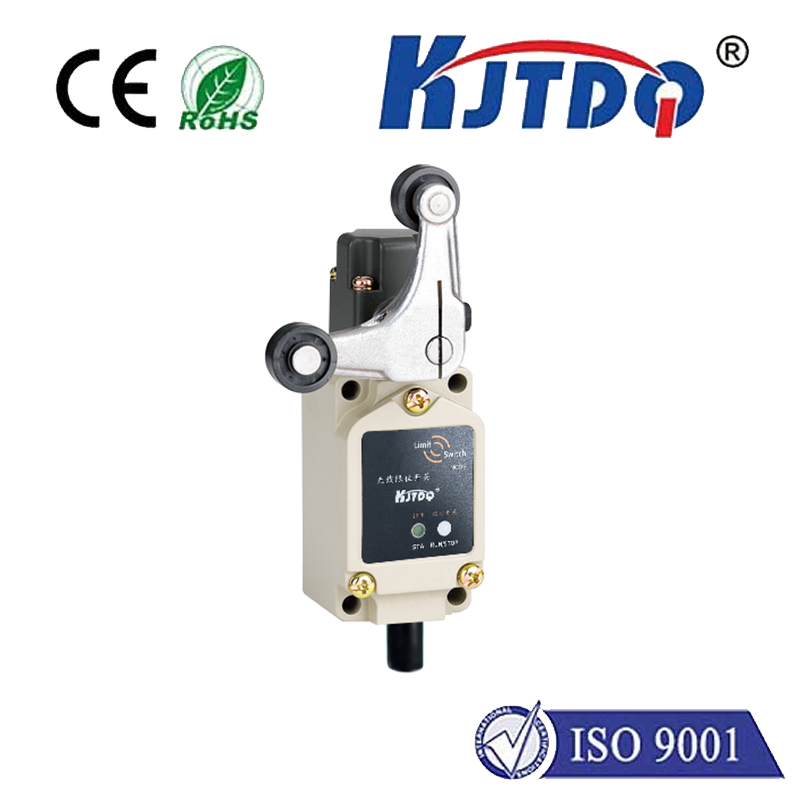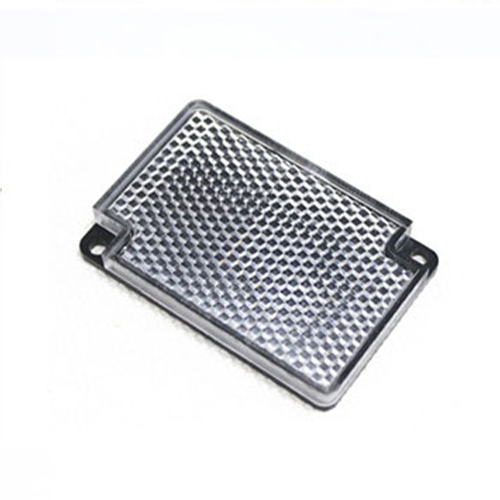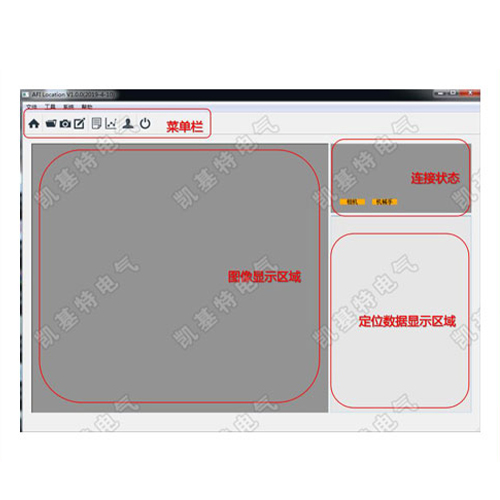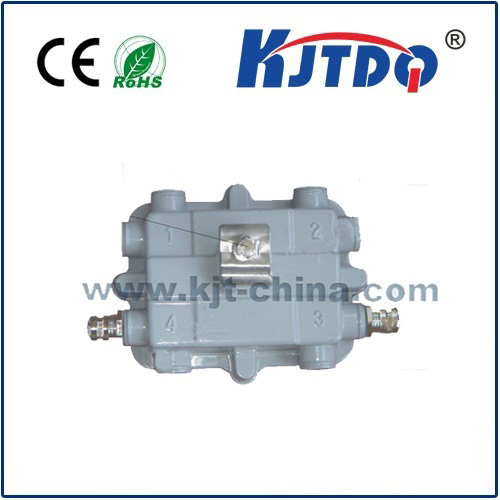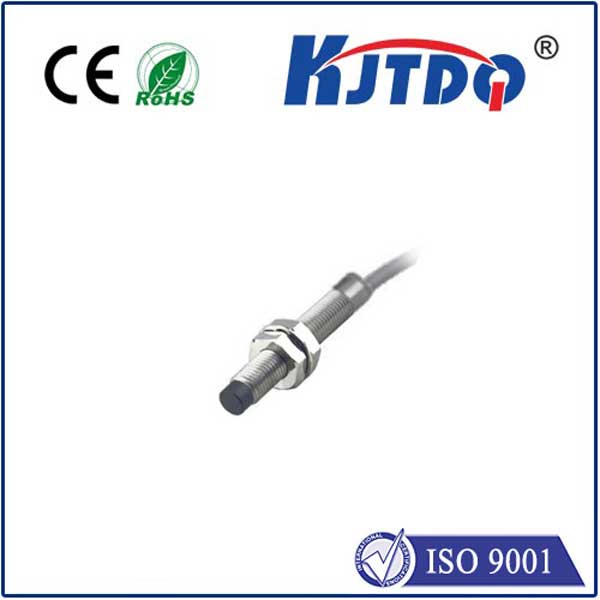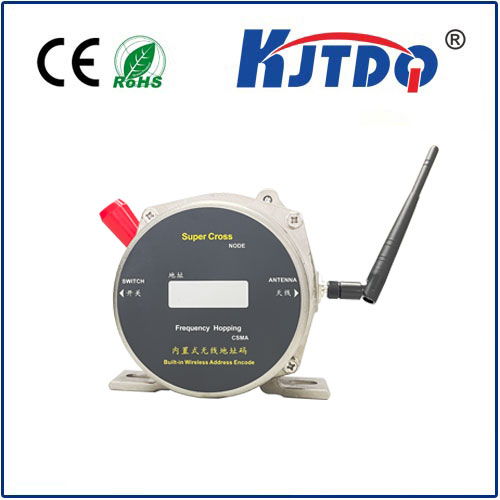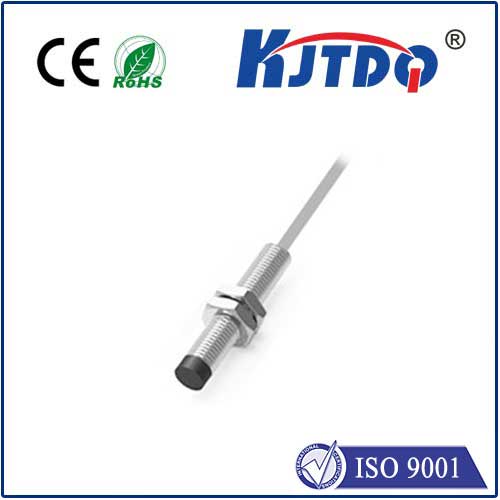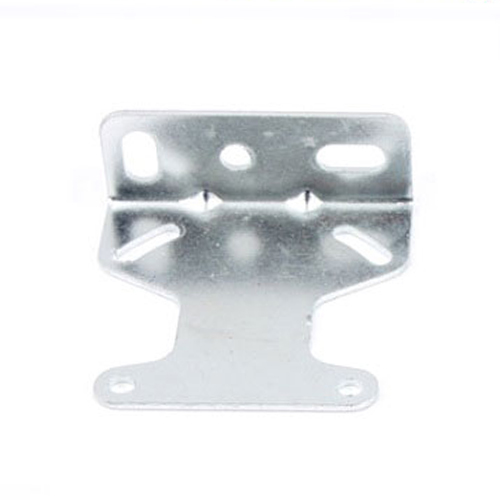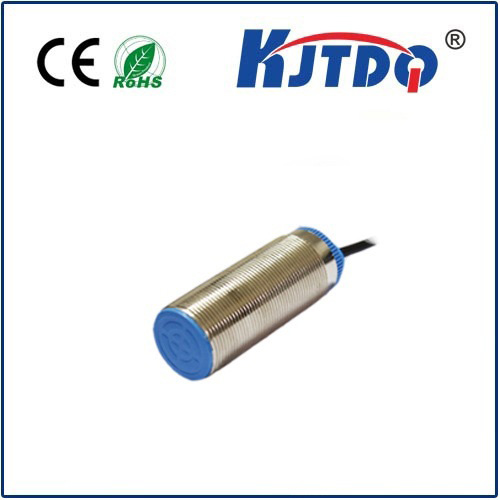Imagine enjoying your coffee at the perfect temperature, a life-saving vaccine maintained flawlessly during transport, or a cutting-edge smartphone processor intelligently throttling its speed to prevent overheating. Behind these everyday marvels lies an unsung hero: the micro temperature sensor. These remarkably small, often invisible devices are fundamental to countless modern technologies, silently monitoring heat with extraordinary precision. But what are the tiny marvels making this possible, and how are they quietly revolutionizing entire sectors? The global market for these sensors is experiencing explosive growth, driven by relentless demand for smarter, smaller, and more connected devices, fundamentally altering how we interact with temperature in our world.
The Core of Miniaturization: Unmatched Size and Precision
The defining characteristic of these sensors is their incredibly small footprint. Shrinking temperature measurement down to the micro-scale unlocks applications previously impossible. Think implantable medical devices continuously monitoring core body temperature, densely packed server racks managing heat dissipation, or ultra-compact consumer electronics optimizing performance and battery life. This miniaturization is largely fueled by advancements in MEMS (Micro-Electro-Mechanical Systems) technology, allowing temperature sensing elements, signal conditioners, and even wireless transmitters to be integrated onto a single silicon chip barely a few millimeters across.
This tiny size is paired with impressive accuracy and resolution. Modern micro temperature sensors routinely achieve precisions better than ±0.1°C over specified ranges. This level of detail is critical. In a laboratory incubator, it ensures optimal cell growth conditions. Within a lithium-ion battery pack, it provides the granular data needed for sophisticated battery management systems (BMS) to predict performance and prevent dangerous thermal runaway events. High resolution allows systems to detect the most minute temperature fluctuations, enabling predictive maintenance by spotting the early signs of equipment failure long before critical overheating occurs.
Diverse Sensing Technologies: Choosing the Right Tool

Not all micro temperature sensors are created equal, and the underlying technology dictates their best application:
Powering the IoT Revolution: Ultra-Low Consumption
One of the most significant driving forces behind micro temperature sensor innovation is the explosive growth of the Internet of Things (IoT). Billions of sensors are deployed in remote, often battery-powered locations – smart agriculture sensors buried in fields, environmental monitors in forests, or condition tracking tags on shipped goods. For these applications, power is king.
Engineers relentlessly optimize these sensors for ultra-low power consumption. This involves innovative circuit design, advanced low-power modes (like deep sleep where the sensor consumes mere nanowatts), and efficient wake-up strategies. Some state-of-the-art sensors can operate for years on a single small battery, powered only intermittently for brief measurement bursts. This relentless focus on power efficiency is what makes pervasive, always-on temperature monitoring across vast IoT networks feasible and economical. Energy harvesting techniques, scavenging tiny amounts of power from light, vibration, or thermal gradients, further enhance this capability, paving the way for truly maintenance-free sensing nodes.
Intelligence at the Edge: Beyond Simple Measurement
Modern micro temperature sensors are far more than just transducers; they are increasingly intelligent systems. Embedded intelligence allows for significant data processing directly on the sensor chip itself. This edge computing capability includes:
The Future is Tiny, Smart, and Connected
The trajectory for micro temperature sensors points towards even greater levels of integration, intelligence, and connectivity. Future devices will likely incorporate multiple sensing modalities (temperature plus humidity, pressure, gas) on a single microchip, creating comprehensive environmental monitoring platforms. Further power optimization remains a paramount goal, extending the lifetime of IoT deployments indefinitely. Integration with low-power wireless protocols like Bluetooth Low Energy (BLE), LoRaWAN, or NB-IoT is becoming standard, simplifying connectivity.
We can also expect breakthroughs derived from novel materials science, such as graphene, potentially enabling sensors with unprecedented sensitivity and speed. The convergence with artificial intelligence will unlock predictive analytics directly at the sensor level, moving from merely monitoring temperature to anticipating thermal events and autonomously optimizing systems in real-time. Quantum sensing principles might eventually push the boundaries of precision beyond current limitations.
From ensuring the safety and efficacy of life-saving pharmaceuticals to enabling smarter, more energy-efficient homes, factories, and cities, micro temperature sensors are foundational components of our technological landscape. Their ability to provide precise, reliable thermal data on a miniature scale, often with minimal power, makes them indispensable enablers of progress across healthcare, automotive, industrial automation, consumer electronics, and beyond. As the demand for smarter and more connected environments grows exponentially, these tiny, sophisticated components will continue to shrink in size while expanding in capability and impact, silently managing the heat that powers our modern world. How will the next generation of these microscopic sentinels further transform our interaction with the fundamental property of temperature
